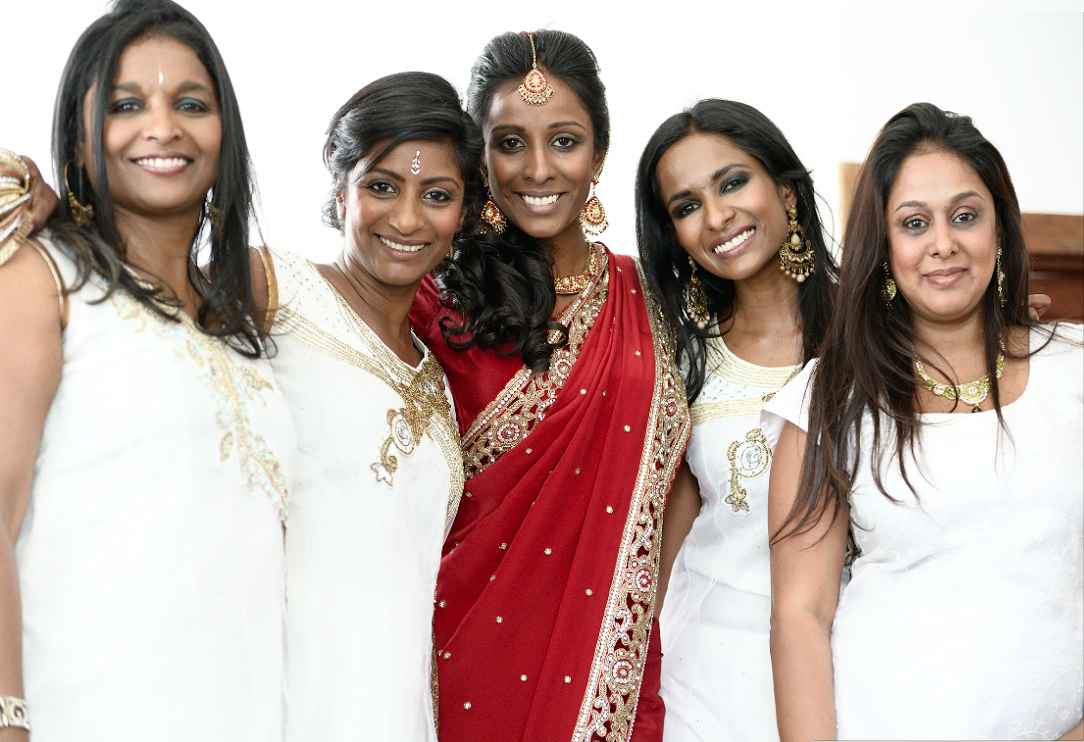Pictures taken of Mirusha Yogarajah
There was a nickname some of the boys in my primary school had for me, growing up in Laudium, Pretoria. Blackie.
They weren’t white kids, but rather South African Indians; confined as we were by the stringent categorising of apartheid, even in its dying days.
Tears pricked my eyes aged 11 when the worst of those boys gamely took my end of year “letters book” that was all the rage in my grade, and scribbled the word across one of the carefully decorated pages, his face contorted with rage.
But this isn’t a sad story of the stigma that my dark skin, darker than every other Indian person I grew up alongside, carried.
It’s a story of how I was able to laugh off that stigma fairly quickly and move on thanks to the rapidly changing dynamics in our country. Going to a predominantly white high school had its own burdens but I was also able to make a break from the cloistered Indian kids and extended family stuck in the mode of white was right. I tore the page out of my letter book and crumpled it up along with any association with Indian values around skin colour.
My family too was fairly progressive and while I was the last and darkest of five sisters, my skin colour almost never came up. We took great delight in spotting it in the rest of the family though. Our middle sister had taken after my mother and her fairer complexion would attract approving comments and nods from ancient Indian aunties. “So fur and all!” we’d imitate some or other relative, before exploding into laughter. Or stifle our giggles when one of our uncles would remark upon a long-lost cousin and describe her as “very dark … but pretty”.

Verashni Pillay and her four sisters on her wedding day, October 2013.
While I have struggled with the particular sort of racism that black South Africans in general have to deal with in this country, the actual shade of my skin has brought me no grief or affected my perception of myself.
If my ancestors had not left India however, my life would have been markedly different.
I would have been told by every advert, skin product and discussion about marriage that my skin colour was wrong, reprehensible and in need of fixing.
The bias towards fairer skin among Indian people is, of course, the stuff of legend. Even reputable brands like Unilever will add “skin lightening” ingredients and marketing to their products for the Asian market. An Indian advert for vaginal lightening cream went viral a few years ago.
And you’ll never see a successful Bollywood actress beyond the palest of caramel. Some of my South African Indian friends still lather up with sunscreen and don hats and even umbrellas before they step out to preserve their complexion.
The aspiration is to look like the fairest of North Indian women – practically Middle Eastern if possible. South Indian women, the kind I descend from, are typically darker and thus frowned upon.
A new campaign, however, is determined to change all that. #UnfairAndLovely started off with an African American photographer taking photos of some of her South Indian class mates, a pair of sisters. It has quickly caught the imagination of a diaspora starved of a sense that is slowly but surely becoming the norm in Africa, of being comfortable in one’s skin.
The #unfairandlovely campaign takes the Internet by storm! Click on the link in our bio to see how the creators dare to break the dark-skin stigma! #DarkIsBeautiful
A photo posted by Brown Girl Magazine (@browngirlmag) on
Africa has experienced its own share of colourism and the horrors of skin bleaching. Phrases like “yellowbone” to describe fairer skin black women don’t help. But the writings of Steve Biko and a growing sense of black pride make it easier to embrace darker skin in South Africa.
beauties (@sabyasachiofficial @bridesofsabyasachi)
A photo posted by pretty soul diva (@artsyandblack) on
It was only when I visited India for the first time in 2008 that I realised how uncommon this was.
I once browsed a make-up aisle looking for a concealer and was offered a shade at least three shades too light. I tried to say as much to the assistant only to be met with: “But you’re too dark, you must use this.”
Suffice to say, my sisters, who were on the trip with me, had to intervene and drag me out of the shop, so apoplectic was I. “You can’t make them understand all at once!” chastened one.
But we can do so, little by little. The #UnfairAndLovely campaign is growing every day. New images of lovely, dark women pop up every time I check the hashtag on Instagram. Some are done up to the nines in their wedding saris, others without a jot of make up or filtering help and glowing anyway.
Dusky girls. #unfairandlovely
A photo posted by Abirami Ravichandran Pillai ?? (@abiii_18) on
The hashtag #UnfairAndLovely is of course, a play on an Indian skin product range called “Fair and Lovely”. In South Africa we have something a little similar sounding. It’s called Dark and Lovely. I know which one I prefer.